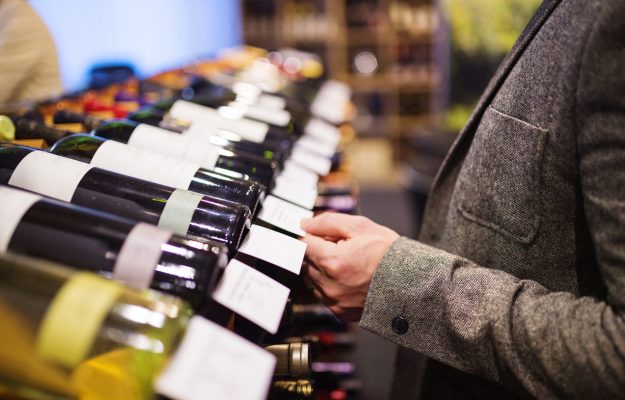It is not yet a real alarm, but certainly a notable signal that the world of wine, after the exciting recovery of 2021, especially thanks to exports (which in the first 10 months reached 5.82 billion euros, according to the latest Istat data), cannot ignore. And, it should be pointed out, this is anything but sudden: the growth in transport costs had already exploded during the summer, that of energy is exploding for a few months already, while the tail of the fourth wave of the pandemic, which has forced millions of Italians to remain at home and caused thousands of bars and restaurants to pull down their shutters, is obvious to everybody. The result s the beginning of 2022 of absolute stagnation, on all commercial fronts, from the domestic one – large-scale distribution and Horeca - to foreign markets, as underlined by Marcello Bonvicini, president of Confagricoltura Emilia Romagna, where “the companies linked to the Horeca channel, have not received orders since Christmas. At least 20% of the medium-large sized wineries, which sell in the large-scale distribution, no longer enter within the costs due to the blocking of the price lists and remain cut off from the market, but the balance is still bitter for the whole segment. Wine companies need liquidity, there is a risk of paralysis. There is a need also for credit facilities and more flexible financial instruments”.
Wine entrepreneurs who sell in restaurants, wine bars and hotels, Bonvicini resumes, say that “they are struggling against the rise in infections, the latest invoices are dated back to December 24, then the recovery stopped with a sharp stop on New Year’s Eve”. And it is not going better for companies that have their core business in shipments to non-EU countries, which “have already budgeted an important drop in turnover in the 2022 budget. Costs have increased fivefold, and there are no discounts on maritime transport to the United States or Asia: so we risk shipping only three containers instead of the five sent last year”.
Then there is “the tug-of-war with large-scale distribution for wineries that have chosen the commercial network of supermarkets or hypermarkets. The original prices have been frozen for months despite the increases in energy and all necessary packaging materials, from bottles to corks and packaging”. The luckiest producers, continues the president of Confagricoltura Emilia Romagna, “have managed to obtain some benefits from the counterpart, such as the extension of sales outlets throughout the territory and some extra promotions”. But this “is not enough - remarks the president of the Confagricoltura Emilia Romagna Wine Section, Mirco Gianaroli - because the vast majority is struggling to accept the same conditions as those in the pre-storm with no way out”.
Copyright © 2000/2025
Contatti: info@winenews.it
Seguici anche su Twitter: @WineNewsIt
Seguici anche su Facebook: @winenewsit
Questo articolo è tratto dall'archivio di WineNews - Tutti i diritti riservati - Copyright © 2000/2025









































































































































































































